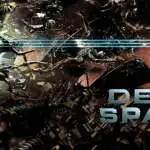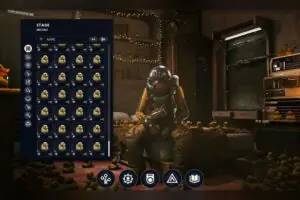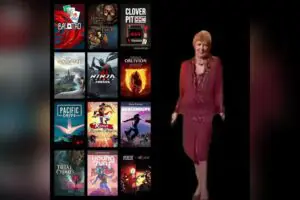When BattleTech was first published by Harebrained Schemes in 2018, it accomplished something exceptional. With enormous robot tanks, it was a tight, gratifying squad tactics game that offered customization, book-balancing mercenary management, and a lot of laser-induced explosions. Chris Thursten, who reviews for us, gave it a very respectable 85, and patches and DLC only made things better. That should be sufficient justification in and of itself to play it.
However, some admirers, including me, thought it was a little restricting. While it faithfully reproduced many of the fantastic aspects of the original tabletop game from the 1980s, it felt rather scaled down. Why, since I don’t have to keep track of armor levels on paper, am I only sending out four mechs, and why are the tonnage limitations arbitrary? Why do light mechs become obsolete over time? Why does it seem like I’m in charge of a private army instead of a Pokémon team?
the BattleTech mod community. They dismantled the game over the last four years, then somehow managed to reassemble it with five times as many parts as it had before. Here are several reasons why you should play BattleTech in 2022, and in particular, why you should try out the enormous expansion and revamp mod BattleTech Advanced 3062.
Which game version is the best?
You should most likely get the BattleTech: Mercenary Collection version for modding purposes from Steam, GOG(opens in a new tab), and many other smaller online retailers. This version is usually discounted to about the $25 / £20 level. This includes the season pass’s three DLC packs as well as the main game. Since all mods are hosted externally, it makes no difference where you purchase the game.
The three add-ons each bring noteworthy features that I’d consider vital to BattleTech as it is right now, even though the majority of smaller mods don’t require them and there are modular components to make individual DLCs not required for some of the larger mods.
The three DLCs add if you must pick and choose:
• Flashpoint: several narratively focused “flashpoint” mini-campaigns, new mission types, and new mechs
• Heavy Metal: Eight new mechs, one more flashpoint, and eight new weapon types
• Multiple flashpoints, urban maps, a new mission type, ECM technology, and new mechs in urban warfare





